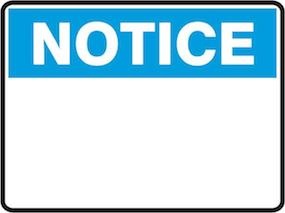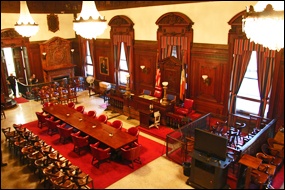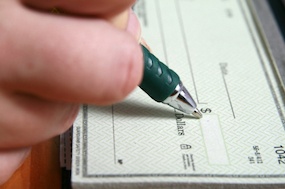What is Probate and How Does Probate Work
Your loved one died recently and you are wondering what is probate and how does probate work in New York. If your loved one left a will, you are likely to want to find out what is the probate of a will. Here is a relatively quick summary. Probate is a court proceeding with the final goal of distributing a deceased person’s inheritance to his heirs. Here is a step-by-step explanation of what probate is in New York and how to conduct a probate proceeding:
| 1. | Start the proceeding | file the petition to probate a will, and supporting documents with the court. |  |
| 2. | Officially notify interested parties | there are different types of notices, such as Citations, Notices of Probate and Publications. You want to notify the interested parties that you are in a proceeding to probate a will. |  |
| 3. | Set a court hearing | the clerks of the court will review the petition to probate a will and the supporting documents and will either approve the packet and set a court date or will return the packet with a correction sheet instructing to make changes or provide additional documents or information. |  |
| 4. | Appear before the court for the hearing | the purpose of the hearing is to make sure that there is an actual person filing a proceeding and to see whether someone objects to the probate of the will. If no one objects to the probate of the will, the proceeding will go to the next step. If someone does appear and expresses their desire to object to the will, then the probate proceeding will go on the litigation track, and it will be a while until it gets to the next step, if it ever will at all. | |
| 5. | Receive letters Testamentary | if all goes well, the court will issue letters testamentary, which is a document that gives the executor the authority to collect the estate’s assets, pay estate debts and distribute the inheritance to the heirs. The documents show that the executor completed the first stage of the probate of a will. |  |
| 6. | Find the decedent’s assets | look through the decedent’s residence, perform an asset search with your attorney or private investigator, ask around. |  |
| 7. | Transfer the decedent’s assets to the estate if needed | you may need to open an estate bank account or transfer real estate to the estate, but some assets can be distributed without that preliminary step. |  |
| 8. | Pay or decline alleged debts | paying debts is part of probate of a will, and the executor who fails to pay debts can be sued for those debts personally. |  |
| 9. | Get releases from the heirs (and tax authorities if applicable) | distributing assets without releases would subject the executor to possible future litigation. |  |
| 10. | Distribute assets | in accordance with the will or pursuant to New York intestacy laws |  |
| 11. | Get discharged as executor (if needed) | some estates stay open indefinitely in case there are more assets or because it’s cheaper, some get closed down so that the executor’s liability is cut off. If someone is familiar with the correct way how to probate a will, they will not ignore this step. |  |
An executor nominated by the will does not have the authority to act on behalf of an estate until he is appointed by the court as an executor. Think of being appointed as an executor by the will as a “pre-approval.” To actually be allowed to serve as an executor, a person has to be approved and appointed by the court.
In New York, estates under $50,000 are called a “small estate” and have a simplified short-form proceeding that most people can fill out without the help of an attorney.
You’re asking “what is probate,” not “what is estate administration”. Technically, only a proceeding where the decedent left a will can be called “probate.” An estate proceeding without a will is usually called “estate administration.”
If you are trying to find out how does probate work in New York, it is likely that you need legal representation in a probate proceeding. You can speak with me, New York estate lawyer Albert Goodwin, Esq. at (212) 233-1233.
